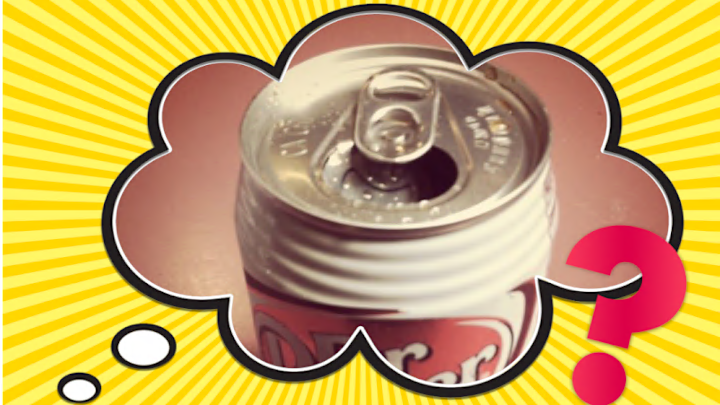If you ever get the chance to sip an ice-cold soda on a warm Hawaiian beach, you might notice something strange about the can it comes in: There are four ridges around the top. The design isn’t brand-specific; you’ll find Coca-Colas, Pepsis, Hawaiian Suns, and more beverages with this feature. Even beer cans look the same. So where did this unique can design come from, and why does it only appear in Hawaii?
The novel shape doesn’t have anything to do with the local culture or specific regulations. In fact, it’s not even original to Hawaii. Instead, it’s an old design that was never replaced called a 206 Diameter can (or just a ‘206’). There was a several-year period back in the 1980s when every soda can across the continental U.S. had that same look. Those ridges at the top, the slightly wider diameter (2.375 vs. 2.125 inches), the longer neck—they were all standard.
By 1991, however, the 206 was being phased out in favor of the 202 can—the one we know today. The 202 can requires less aluminum to manufacture yet still holds the same amount of liquid, saving soda companies money on one of their biggest costs. Across the country, can-manufacturing machines were swapped for ones that would produce only the new model.
In Hawaii, though, the savings from switching the cans wouldn’t have been the same. Because of the enormous cost of transporting sodas—or even soda syrup—all the way to Hawaii, many drinks are canned directly at the Ball Metal Packaging Plant in Oahu. But since it serves a relatively small market, this factory is the Ball Corporation’s smallest, producing “only” one million drinks per day. For reference, the company shipped 112.5 billion cans worldwide in 2021. To executives at the time, the cost to overhaul such a small plant outweighed the savings from future sales, and that decision was never overturned. So Hawaii remains the only state in the U.S. with 206 cans available for sale on a large scale.
Of course, the Ball Metal Packaging Plant doesn’t manufacture every canned beverage in the state. You can still find imported drinks in 202 cans in the grocery store, especially from smaller companies that don’t have a contract with the local factory. Just be prepared to pay a pretty penny for them.
Read More About Soda:
Have you got a Big Question you'd like us to answer? If so, let us know by emailing us at bigquestions@mentalfloss.com.
